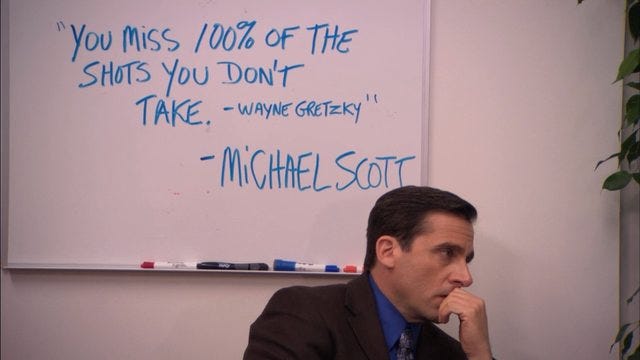My Journey to Becoming an SPS Intern (+Tips and Tricks)
This post is the first part of a series in which we explore the journey to becoming an SPS Intern along with Melissa Wood, 2022 Summer Technology Learning Services Intern at SPS Commerce.
Post 1: Applying
When I was applying for internships last fall, there was a lot about the process that I was unaware of. I thought it would be easy and that I would land a role quickly (boy, was I wrong). After around 70 applications, ten interviews, and a few job offers, I landed my internship at SPS Commerce. In this blog post series, I will be going over my experience. My hope is by breaking down the process, I can help you be successful in your search for the perfect internship.
Before I begin, I want to give some context: Last fall I was a third-year student at the University of Minnesota-Twin Cities majoring in Human Resource Development. Most students believe that the summer of your junior year is THE TIME to land your “perfect” internship to gain experience in the field you want to pursue post-grad. Obviously, this is not true, and it leads to students putting unnecessary pressure on themselves (more on that in a later blog post). I knew I wanted to work in the learning and development field. I also was particularly interested in pursuing internships at tech companies. With this knowledge, it was time to get started on the process of finding an internship.
Prior to applying to internships, I spent time updating my resume. This included updating to show new roles, changing language to action verbs, and adding resume keywords. I also visited my university’s career office, which was super helpful. Their feedback was to tailor my resume to the job posting I was applying for. Although it was time-consuming, it allows recruiters to see that you have the necessary qualifications for the role. I also recommend (kindly) asking individuals in your field or peers if they would be willing to look at your resume, as it is only natural you will miss things after spending so much time editing and reviewing it.
After updating your resume, it is time to send out applications. This is something that I initially struggled with. I would be super motivated for one week and send out five applications and then for the following two weeks send out none. Eventually, I started to time block an hour or two each week to make sure I was applying to roles every week. I focused on finding roles through job boards such as LinkedIn, Indeed, and Handshake, but depending on your field there may be specialized job boards that post internship opportunities.
In the end, internship applications are somewhat of a numbers game. It is important to apply to many internships, even if you do not meet all the qualifications. For example, I did not have the experience with all the digital technology tools requested in the job posting, but I met the rest of the qualifications. Sometimes you just have to shoot your shot and apply anyways.

When applying to roles, it is also important to track your applications. I set up a basic excel spreadsheet that included the company’s name, the role I applied for (and a screenshot of the job posting to reference if I was moved on to interviews,) the status of my application and interview dates. This helped me stay organized and allowed me to track where I was in the application process.
Alright, so you have learned about updating your resume, sending out applications, and tracking applications. Now what? Instead of waiting for the magic to happen, it is a good idea to connect with individuals working at the organizations you are interested in. In the next post, I will be covering the importance of career fairs and networking when searching for an internship.
Series Author: Melissa Wood, Technology Learning Services Intern